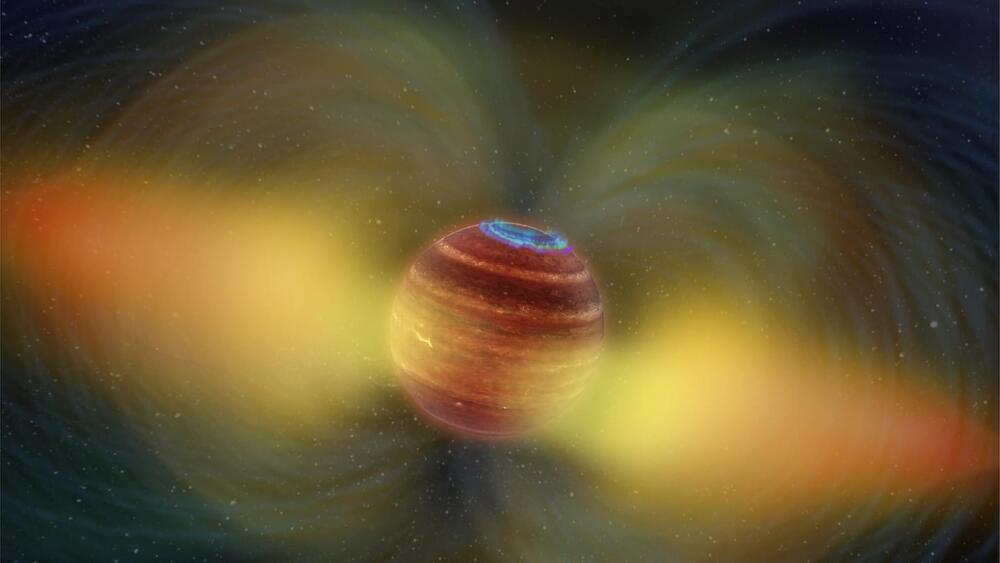Seems obvious enough, but organizations need to move past the hype and determine how they can benefit from artificial intelligence, so they can identify skillsets they need to bring the benefits to fruition.



The cerebellum, a major part of the hindbrain in all vertebrates, is important for motor coordination, language acquisition, and regulating social and emotional behaviors. A study led by Dr. Roy Sillitoe, professor of Pathology and Neuroscience at Baylor College of Medicine and investigator at the Jan and Dan Duncan Neurological Research Institute (Duncan NRI) at Texas Children’s Hospital, shows two distinct types of cerebellar neurons differentially regulate motor and non-motor behaviors during development and in adulthood.
The study, published in Nature Communications, provides the first in vivo evidence supporting the critical role of a specific subset of excitatory glutamatergic neurons in acquiring motor and sensory/emotional behaviors. Further, it shows that neurons present in different regions of the cerebellum contribute differently to motor versus non-motor behaviors during development and in adulthood.
The cerebellar nuclei are present in the deepest layer of the cerebellum. These nuclei are encased by an outer highly convoluted sheet of tissue called the cerebellar cortex, which contains most of the other types of neurons in the cerebellum. The cerebellar cortex receives information from most parts of the body and other brain regions. These inputs are integrated by many types of cerebellar neurons and the deep-set cerebellar nuclei—the sole output structures in the cerebellum—then send those signals to the other parts of the brain.


Polynesians exposed to fallout from France’s nuclear tests in the South Pacific have a slightly increased risk of developing thyroid cancer, a study suggested on Monday that used declassified military data for the first time.
France carried out 41 atmospheric nuclear weapon tests in French Polynesia between 1966 and 1975, exposing residents to fallout which has been a source of lasting friction between Paris and residents of the Pacific archipelago.
The study, published in the journal JAMA Network Open, used risk modeling to estimate that the nuclear tests were associated with between 0.6 percent and 7.7 percent of thyroid cancers in French Polynesia.

Perhaps your real life is so rich you don’t have time for another.
Even so, the US Department of Defense (DOD) may already be creating a copy of you in an alternate reality to see how long you can go without food or water, or how you will respond to televised propaganda.
The DOD is developing a parallel to Planet Earth, with billions of individual “nodes” to reflect every man, woman, and child this side of the dividing line between reality and AR.


He might not helm Google anymore, but Eric Schmidt is absolutely still thinking like a tech CEO.
In an interview with NBC’s “Meet the Press,” Schmidt laid bare his techno-libertarian outlook when asked about whether artificial intelligence needs “guardrails” given its propensity to lie, confabulate, and, well, go kind of mad.
“When this technology becomes more broadly available, which it will, and very quickly, the problem is going to be much worse,” the former Google executive told MTP’s Jacob Ward. “I would much rather have the current companies define reasonable boundaries.”


The relentless hype surrounding generative AI in the past few months has been accompanied by equally loud anguish over the supposed perils — just look at the open letter calling for a pause in AI experiments. This tumult risks blinding us to more immediate risks — think sustainability and bias — and clouds our ability to appreciate the real value of these systems: not as generalist chatbots, but instead as a class of tools that can be applied to niche domains and offer novel ways of finding and exploring highly specific information.
This shouldn’t come as a surprise. The news that a dozen companies have developed ChatGPT plugins is a clear demonstration of the likely direction of travel. A “generalized” chatbot won’t do everything for you, but if you’re, say, Expedia, being able to offer customers a simple way to organize their travel plans is undeniably going to give you an edge in a marketplace where information discovery is so important.